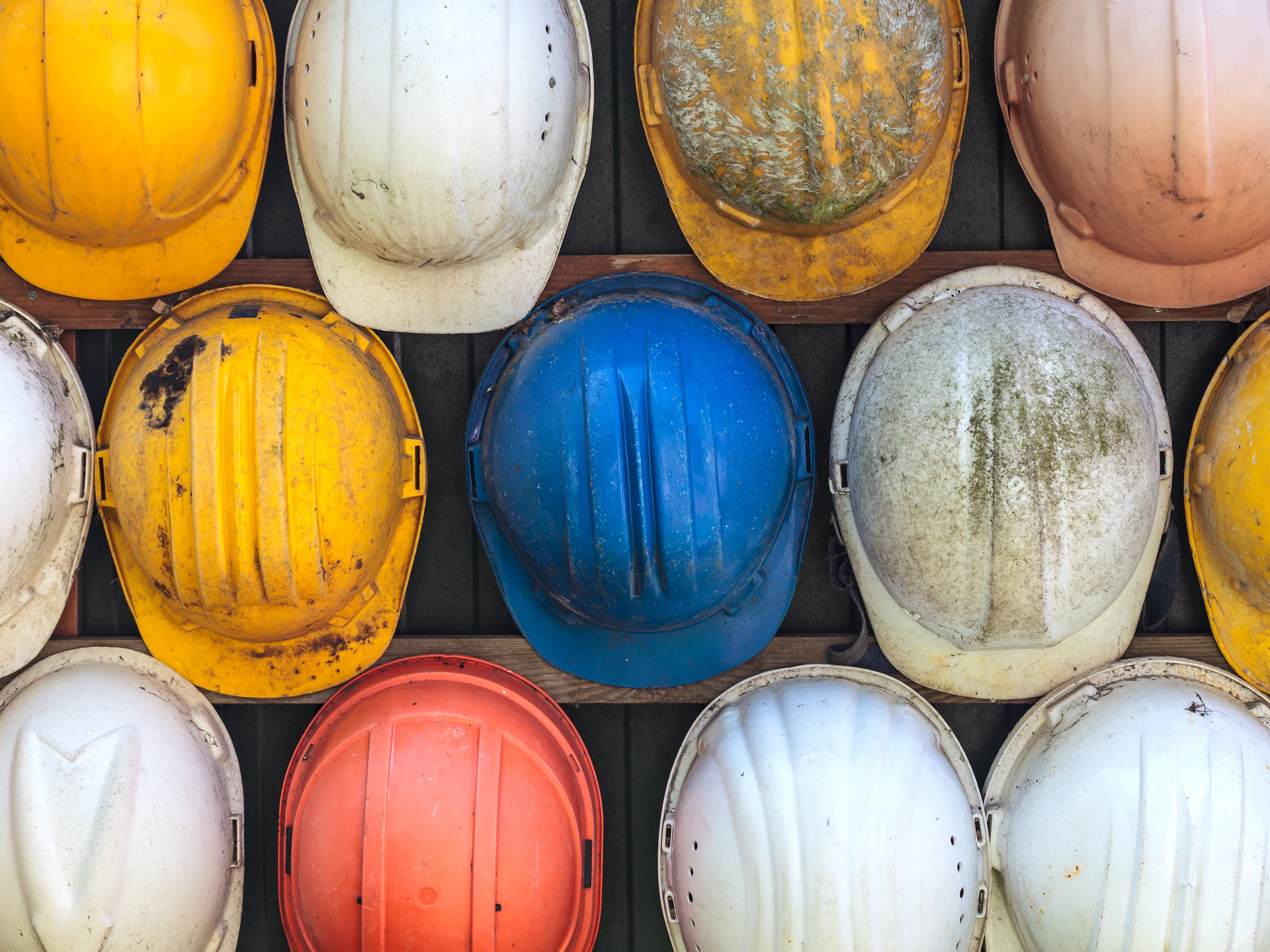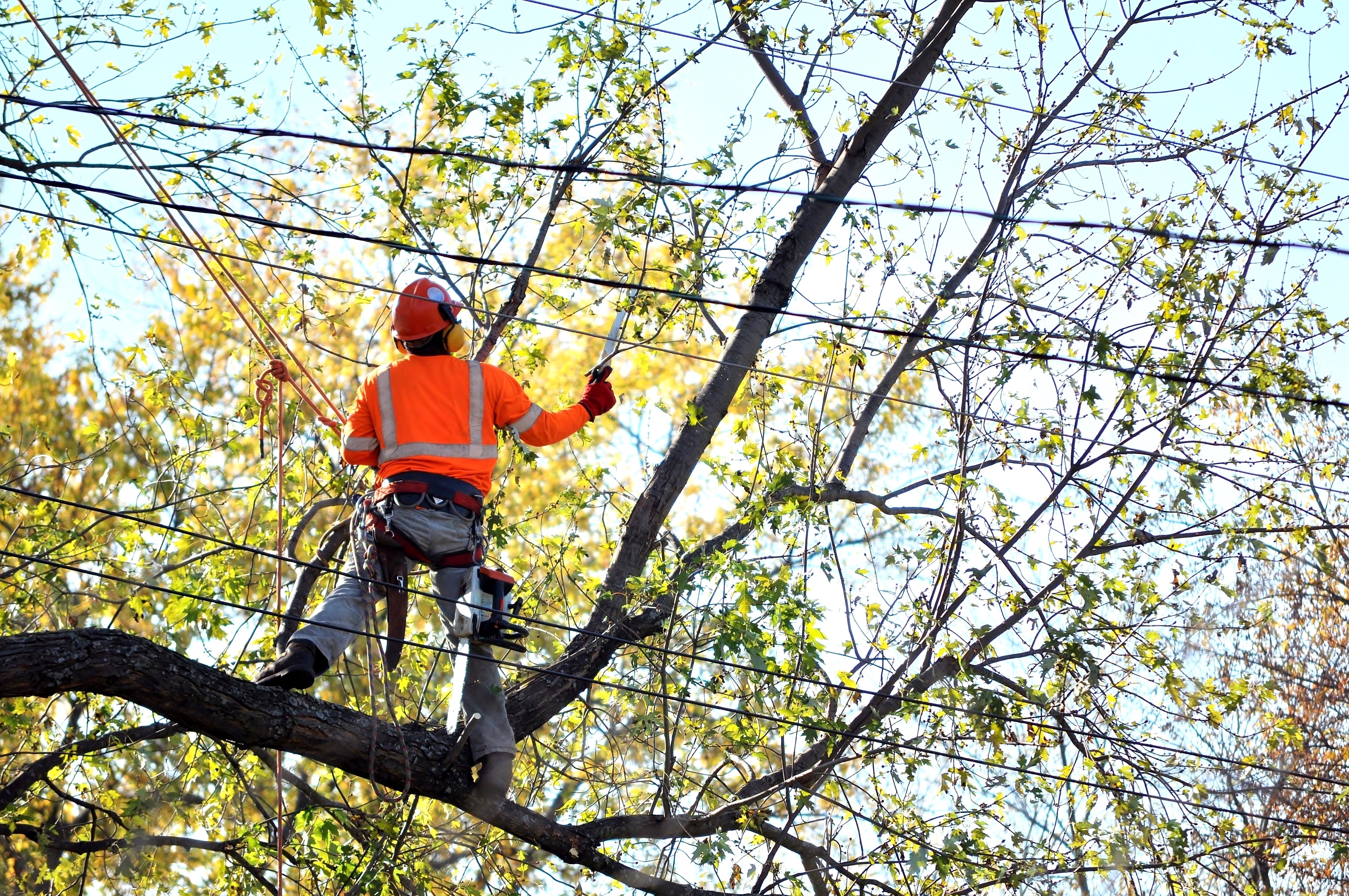Job briefings—also known as tailboards or toolbox talks—are crucial for worker safety. Conducted by the person in charge at a worksite, job briefings cover hazards associated with the work, procedures to be used, any special precautions needed, control of energy sources, and required personal protective equipment (PPE), according to the Occupational Safety and Health Administration (OSHA). Job briefings are held at the start of each shift and any time there is a significant change during the shift (for example, when a new hazard is discovered).
OSHA requires job briefings for a reason: when work is carefully planned ahead of time and workers are provided a thorough explanation of the hazards and controls associated with a particular job—as well as their responsibilities—the likelihood of serious and fatal incidents decreases.
Although no two job briefings are the same, there are general guidelines supervisors, forepersons, and other people who deliver job briefings can follow to ensure they are effective. See them below.
7 tips to hold effective job briefings
1. Set an agenda
A lot of important information must be relayed in each job briefing, so creating a checklist can ensure you cover all the bases. Your job briefing form should include the project scope, individual task assignments, jobsite conditions, procedures you expect workers to use on their tasks, required PPE, and potential hazards and how to prevent them.
Related: 7 Steps For Successful Safety Stand Downs
2. Consider your audience
As with any meeting, you’ll want to tailor your hazard safety analysis to the group of workers in front of you. According to OSHA, it’s okay to have a brief meeting if the workers are experienced and the tasks they’re performing are routine.
However, if the job is more complex, dangerous, something done infrequently, or if workers are not familiar with one another, you’ll need a more detailed briefing. Consider this in advance, so you can plan accordingly.
3. Have workers turn off their cell phones
It’s fair to assume that most, if not all, of your workers have a smartphone in their pockets at the start of their shift. This is fine, as long as their attention never waivers. Job briefings can prevent serious and fatal injuries, so there’s no room for distractions.
Help everyone stay focused by requiring all devices to be turned off during the meeting. Doing so will ensure no one is distracted by notifications when you’re speaking.
4. Discuss what happened yesterday
The main purpose of a job briefing is to discuss how to safely complete the work on that day’s schedule. But, that doesn’t mean the previous day’s events don’t matter. If any safety issues occurred yesterday, take the time to talk about what happened. This is especially pertinent if the same problems could occur today.
A thorough job hazard analysis keeps everyone informed in an attempt to not make the same mistake twice.
Understanding Safety Indicators: Near Miss, Near Hit, and More
5. Get the team involved
It can be difficult for workers to stay engaged for a job briefing’s entire duration. Standing there listening to someone discuss the work they’ll be doing that day and the hazards they could encounter is important, but people’s minds tend to wander.
Avoid this by making the meeting as interactive as possible. When discussing the project scope and the tasks slated for completion that day, ask people to share similar experiences with other jobs. This can offer a fresh perspective and help workers gain a sense of ownership.
You’ll also want to check in with people to ensure they understand their tasks and the hazards present. This will make it easy to clarify any confusion before work gets underway.
6. Make time for questions
It’s possible people will have questions during your job hazard analysis. This is good because it means they’re listening. Make it easy for workers to ask questions by opening the floor several times throughout the meeting. This will ensure people won’t forget their question or feel like it’s irrelevant by the time they’re able to speak up.
Check out: 4 Ways to Foster Mentally Supportive Work Environments
7. Complete all documentation
OSHA doesn’t require employers to maintain a written record of job briefings, but doing so is a best practice. Your checklist might include the hazards, procedures, precautions, and required PPE correlated with the job.
It could also include a spot for workers to sign in acknowledgment of the hazards present and the safety measures needed to be taken. Keeping thorough records can help you hold yourself accountable for having these job hazard analysis meetings in the first place—and doing so at the proper times.
Job briefings reduce the likelihood of serious and fatal injuries, so they must be taken seriously. Follow these tips to ensure the job briefings you’re giving are as effective as possible.
Up next: 5 Reasons Your Safety Incident Rates Aren’t Declining

